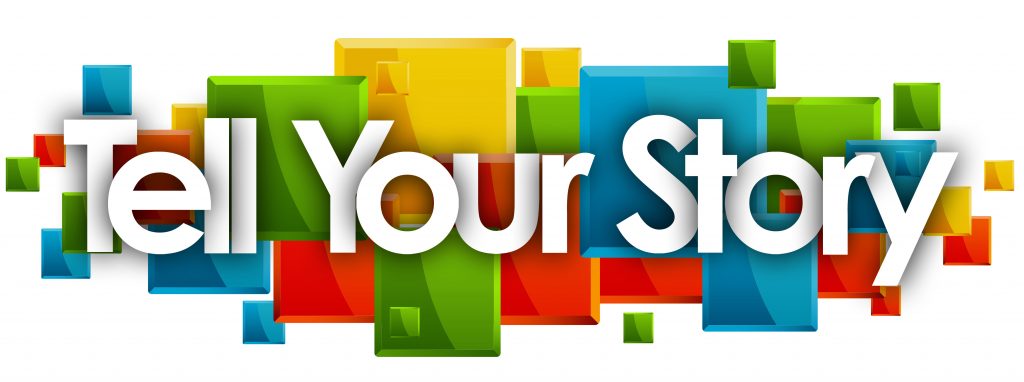Objective: You will understand best practices to build trust with your community, which is essential to them supporting you.
Your community and audience trusting you is essential to growing a strong business in general and to successfully raising funds on Backers. Trust not only creates comfort and incentive for your community to buy from and invest in your business, but also allows you to more powerfully leverage your community to access its expertise, further your reach, and collectively accomplish goals and tasks.
In the Telling Your Story lesson, we talked about building trust through the “who you are” part of your story. This is one important way to build trust, which focuses on how we talk about ourselves and our business. This is about transparency and honesty. This is about building credibility by speaking to the experiences and expertise of your team. This is about being open with where your business is in its development, what challenges are to come, and what plans you have in place to overcome those challenges.
While talking at this high level does help to build trust, it can be problematic if it’s not backed up by action (including consistent communication with your community). We will now go through a few key steps in building trust, along with a few different types of trust that we need to establish and maintain.
The first step is to listen. Actively listening to your community allows you to understand what they are talking about, what problems they are facing, how they talk about these problems, and how they would want someone who has a potential solution to engage with them. Director of the University of British Columbia Learning Exchange, Kathleen Leahy, says you “should spend the time to get to know the community and really listen first. It’s important too that [you] suspend some of [your] knowledge and expertise. It will come into play and be useful at some point, but really wait, see, and listen first. Listening sounds like an easy thing to do, but it’s not. You have to take the time and really be committed to that phase. That can take months, it’s not one meeting. It’s taking the time to really listen”.
The next step is to add value to your community. Once you have an understanding of what your community needs, you should develop content and communications that add value to these peoples’ lives. This can be as simple as a post in an online forum/group that shares an insight that could address some of the problems people have faced. It doesn’t even have to go that far ー it could be a post that just gets an explicit conversation started around some of the less visible problems you identified. These communications should start off in a clearly non-transactional way. You are not trying to sell your business or product/service to anyone at this point. Rather, you are trying to create space for genuine dialogue and trying to do that in a way that makes peoples’ lives better. As more people engage with your content, you can start to introduce your solutions as well. People will trust that you are part of the community for everyone’s benefit, which will make your product/services more attractive. At the start, when you introduce these ideas, you should probably do it in a way where you are gathering information from people who might be interested in what product/service your business has to offer. This way, as you get their names, emails, and phone numbers, you can start to build your own community that brings together people from various groups you are part of. Keep engaging with the original communities, and also offer valuable content and discussion to your newly forming community. In time, it will be natural for you to give them opportunities to buy your product/services and invest in your business through Backers.
The last step is to be consistent, transparent, humble, vulnerable, and curious. If you are genuinely part of a community, you do not ask people to support your ideas one day and disappear the next. You don’t hide that you’re working on a project that could benefit the community, but you also don’t brag about or promote your idea at every opportunity. You ask people questions, and you give input on their questions where you have something to add. You should think about your engagements with your community as a dinner party with your friends. You each have valuable things to contribute, you each have questions to ask, you each need space at the table, and you’re all there because you genuinely care about each other and want what’s best for each other. Keep communicating, keep adding value to peoples’ lives – their trust will grow and they will want to support you whenever they have the opportunity.
Action Item(s):
Join 10 online communities that are relevant to your business (on Facebook, Instagram, LinkedIn, Reddit, etc)
Spend 25-30 minutes reading people’s posts and comments in these communities. Try to understand what people are talking about, how they talk about it, and what needs they have that are either unaddressed or poorly addressed. Write these problems and needs down. You should be doing this regularly to have an ongoing and dynamic understanding of your community.
Assess if the revealed needs align with what your business is offering. If they do, that’s great. If they don’t, consider searching for other communities that might align, or consider tweaking your business as necessary to address the problems people are speaking about.
Write a comment/post in each of the 10 online communities. When you see a discussion that you could genuinely contribute to, or when you see someone else sharing an idea you like, you should comment or post about it.
Make a note in your calendar for 2-3 weeks from now: After a few weeks of regularly engaging with these communities, make a post in each telling your story without trying to make a sale, and ask people if they have thoughts or feedback. Be genuinely open to their ideas, and make sure to follow up on any responses. You can ask people to let you know if they’d be interested in receiving updates on what you’re up to, or you could share a landing page where people can enter their names, emails, and phone numbers.
Develop some short and digestible content that adds value to your communities by speaking about some of the problems they’re facing, and opening space for thought and discussion about how to address these problems. Share this content in some of your communities, and also be sure to share it with people on your email and phone number lists. You should share content like this at least a few times per week.
Further Reading:
https://aese.psu.edu/research/centers/cecd/engagement-toolbox/role-importance-of-building-trust
https://extension.umn.edu/vital-connections/building-trust-communities
https://ssir.org/articles/entry/build_trust_with_your_community




